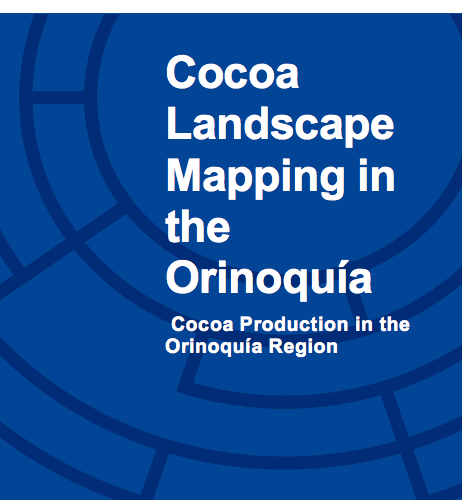The cultivation of cocoa has a long history in Colombia, tracing its biological origins to the upper Orinoco region of northeastern Colombia, and has since served as a culturally important part of the national diet. But despite this history and the country’s high land suitability to cocoa cultivation, Colombia ranks 10th in global production, accounting for only 1.1% of the market share, most of which is consumed domestically.
The vast majority of areas deemed suitable for cocoa cultivation are currently utilized for extensive cattle ranching, which provides little return for farmers but is the least risky land-use alternative. Even though there is significant potential to transition these lands to diversified plantations including cocoa, the majority of landowners have little to no prior experience in its cultivation, nor the resources or risk appetite required. Any effort aimed at significantly expanding cocoa cultivation in the region will have to offer practical solutions (i.e., through sophisticated outgrower models) that shift the risk-return perception from a farmer’s perspective.
This report includes an introduction to the Orinoquía region, the cocoa value chain in the region, Climate Smart production practices, as well as opportunities and challenges.




